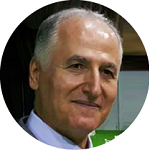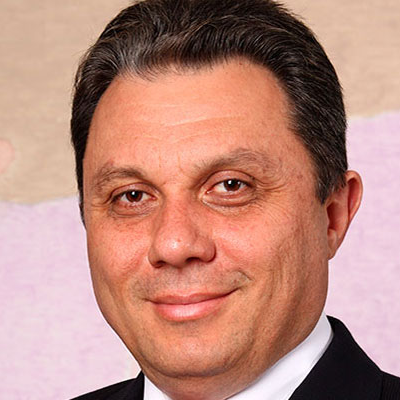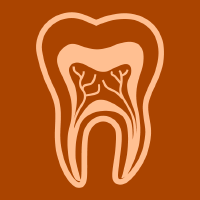Topic Menu
► Topic MenuTopic Editors


Medical and Dental Care, Photobiomodulation and Photomedicine
Topic Information
Dear Colleagues,
Research in medical and dental fields is in continuous progress. The aim of our topic is to open the door for all studies in medical and dental fields.
Furthermore, the use of photobiomodulation (PBM) with low-level lasers or light-emitting diodes was stated in the early 1960s for different therapeutic purposes. Since that date, considerable advances have been noticed in this medical field. Different lights at different wavelengths are employed because of the difference in tissue penetration depth and tissue absorption. The literature shows important therapeutic applications in the reduction in inflammation, pain relief, acceleration of tissue regeneration, replacement of acupuncture needles, muscle relax, treatment of numerous neurological and psychological conditions, cellular anti-apoptotic effect, cellular antioxidant responses, increase in tissue immunity, in crease of tissue blood flow, increase in cell metabolism, etc. The photobiomodulation parameters and dosimetry (irradiance, quantity of energy delivered, duration, and frequency of the treatments) are in continuous improvement and adaptation, aiming to allow reproducibility and predictability of treatment outcomes. The aim of our topic is to collect clinical applications of PBM and to update the knowledge on dosimetry and PBM parameters in order to disseminate and to promote the use of PBM in the medical and dental fields.
Looking forward to receiving your manuscripts.
Prof. Dr. Samir Nammour
Topic Editor-in-Chief
Prof. Dr. Chukuka Samuel Enwemeka
Prof. Dr. Aldo Brugnera Junior
Topic Associate Editor-in-Chief
Keywords
- dental hygiene
- dental therapy
- dental nursing
- dental professional practice
- dental technology
- materials science
- dental traumatology
- dentistry special topics
- endodontics
- esthetic dentistry
- general dentistry
- gerodontology
- implant dentistry
- restorative dentistry
- dental trauma
- dental therapy
- oral diagnosis
- oral medicine
- orthodontics
- sedation dentistry
- photobiomodulation (PBM)
- photomedicine
- photodentistry
- laser surgery
- optical diagnostics
- PBM and therapy
- PBM and treatment
- antimicrobial phototherapy
- photointeraction—matters
- photointeraction—tissue
- PBM and prevention
- PBM and conservative dentistry
- PBM and conservative medicine
- PBM and chemistry
- PBM and biochemistry
- PBM and cellular physiology
- PBM and cell
Participating Journals
| Journal Name | Impact Factor | CiteScore | Launched Year | First Decision (median) | APC | |
|---|---|---|---|---|---|---|

Dentistry Journal
|
2.6 | 4.0 | 2013 | 27.8 Days | CHF 2000 | Submit |

Journal of Clinical Medicine
|
3.9 | 5.4 | 2012 | 17.9 Days | CHF 2600 | Submit |

Materials
|
3.4 | 5.2 | 2008 | 13.9 Days | CHF 2600 | Submit |

Biomedicines
|
4.7 | 3.7 | 2013 | 15.4 Days | CHF 2600 | Submit |

Life
|
3.2 | 2.7 | 2011 | 17.5 Days | CHF 2600 | Submit |

MDPI Topics is cooperating with Preprints.org and has built a direct connection between MDPI journals and Preprints.org. Authors are encouraged to enjoy the benefits by posting a preprint at Preprints.org prior to publication:
- Immediately share your ideas ahead of publication and establish your research priority;
- Protect your idea from being stolen with this time-stamped preprint article;
- Enhance the exposure and impact of your research;
- Receive feedback from your peers in advance;
- Have it indexed in Web of Science (Preprint Citation Index), Google Scholar, Crossref, SHARE, PrePubMed, Scilit and Europe PMC.


